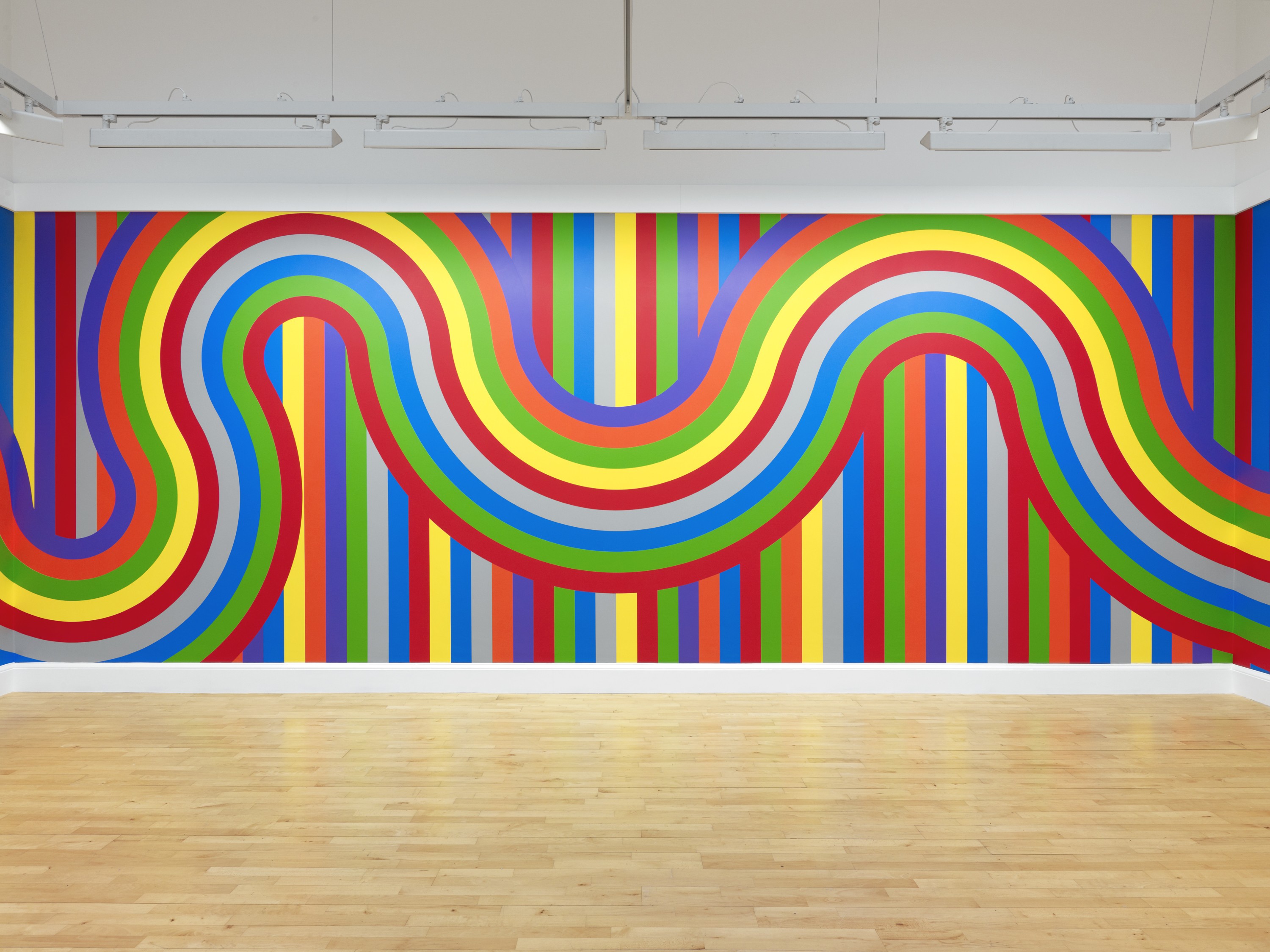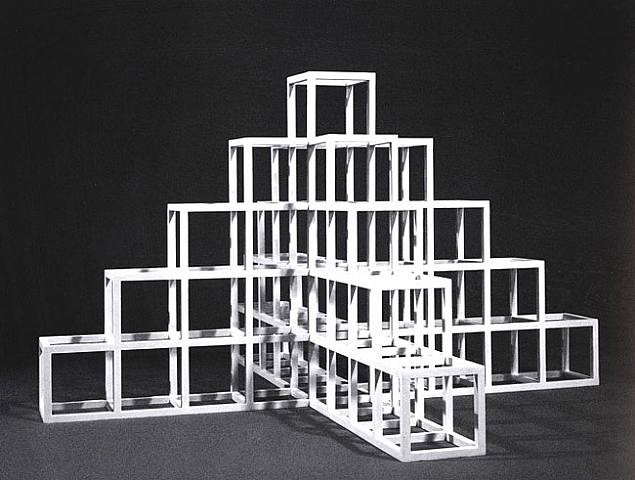So, the night before class we got a mail from Narendra
saying that we don’t have to come to class tomorrow, instead we need to go to
National Gallery Of Modern Art and see the exhibition on the Bengal school of
art.
I was very happy, because for me NGMA is just like home. The feel of the place is so fresh and warm, and the yum food at the canteen is just a plus.
So, we all planned our trip and reached NGMA by 11 in the morning. We got our tickets and walked in. I had Fine Arts in 11th and 12th grade in school , so I had my background study on Bengal school of art.
Bengal school of art came into being in the early 20th century to renew the Indian style of art. It was started by Abanindranath Tagore, who thought that because of colonialism, the artists were getting influenced by the western art and were losing their Indian touch. He wanted to change that. He wanted to draw inspiration from asia and bring a new style of art. He was offered a lot of support by EB Havell, the principal of art school of Calcutta and a few other Europeans.
There were a lot of paintings that I had read about in the textbooks, but finally seeing them was just incredible!
Paintings like seven figures by Rabindranath Tagore captured my eye. They were so simplistic yet beautiful. I had read about and seen Gaganendranath Tagore’s Magician painting and I loved how he used cubism to showcase the rush of the city. That is why I was absorbed by his Fairy In The Moonlight, Himalayan Bride.
Nandalal Bose’s Santhal Harvest and Bapu also caught my attention. I loved the technique of woodcut that he had used.
Jamini Roy is again one of my favourite artists. The way he uses his bold strokes and strong, bright colours is astonishing. Also, he uses a lot of Indian motifs in his paintings and that gives the paintings an Indian essence.
There were a lot of other artists as well like Avtar Singh Panwar and Bb Mukherjee, whose works were also showcased.
Bengal school of art, according to me comprised a lot of miniature art, Romantic- misty scenes, Rural settings, portraits. I also like how the wash technique from Japan was used in so many of the paintings.
As we walked out, we all were in for another treat! There was another on-going exhibition showcasing the works of Amrita Shergill, which took us to another new world.
I was very happy, because for me NGMA is just like home. The feel of the place is so fresh and warm, and the yum food at the canteen is just a plus.
So, we all planned our trip and reached NGMA by 11 in the morning. We got our tickets and walked in. I had Fine Arts in 11th and 12th grade in school , so I had my background study on Bengal school of art.
Bengal school of art came into being in the early 20th century to renew the Indian style of art. It was started by Abanindranath Tagore, who thought that because of colonialism, the artists were getting influenced by the western art and were losing their Indian touch. He wanted to change that. He wanted to draw inspiration from asia and bring a new style of art. He was offered a lot of support by EB Havell, the principal of art school of Calcutta and a few other Europeans.
There were a lot of paintings that I had read about in the textbooks, but finally seeing them was just incredible!
Paintings like seven figures by Rabindranath Tagore captured my eye. They were so simplistic yet beautiful. I had read about and seen Gaganendranath Tagore’s Magician painting and I loved how he used cubism to showcase the rush of the city. That is why I was absorbed by his Fairy In The Moonlight, Himalayan Bride.
Nandalal Bose’s Santhal Harvest and Bapu also caught my attention. I loved the technique of woodcut that he had used.
Jamini Roy is again one of my favourite artists. The way he uses his bold strokes and strong, bright colours is astonishing. Also, he uses a lot of Indian motifs in his paintings and that gives the paintings an Indian essence.
There were a lot of other artists as well like Avtar Singh Panwar and Bb Mukherjee, whose works were also showcased.
Bengal school of art, according to me comprised a lot of miniature art, Romantic- misty scenes, Rural settings, portraits. I also like how the wash technique from Japan was used in so many of the paintings.
As we walked out, we all were in for another treat! There was another on-going exhibition showcasing the works of Amrita Shergill, which took us to another new world.




















.jpg)









